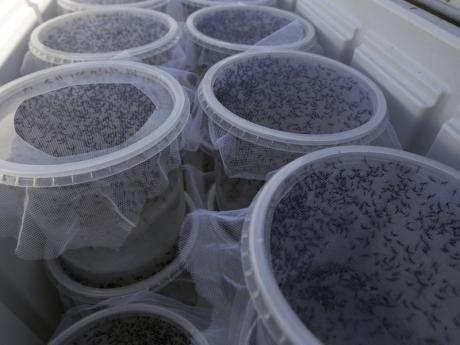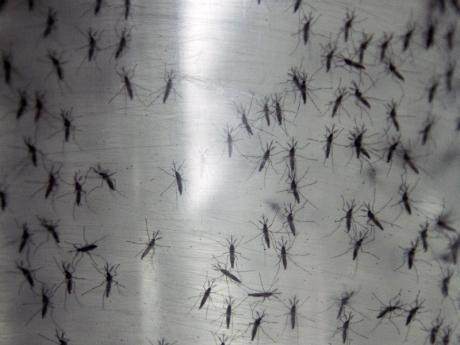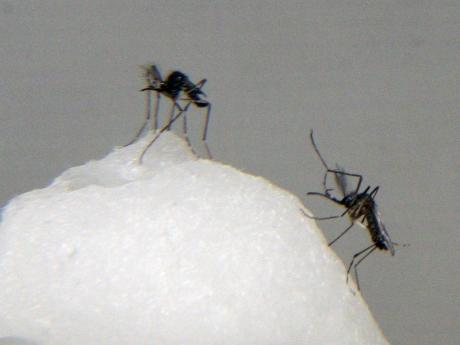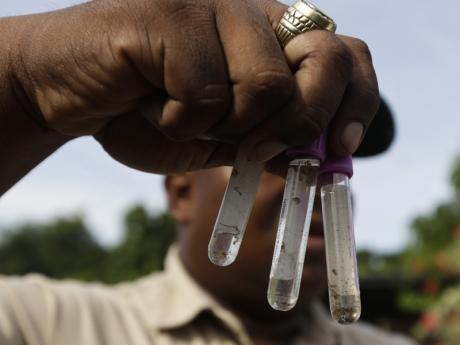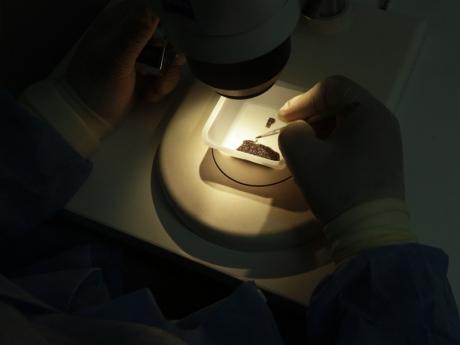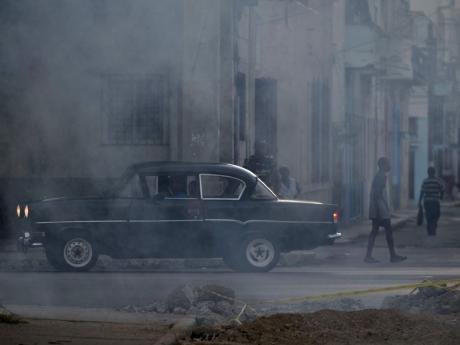PHOTOS: What the chikungunya-carrying mosquito looks like and its regional damage
(AP):
Chikungunya is a word that comes from the Makonde language of Tanzania in eastern Africa and translates roughly as "that which bends up," in reference to the severe arthritis-like ache in joints that causes sufferers to contort with pain.
It's usually accompanied by a spiking fever and headache.
While the disease is usually not fatal there have been 113 deaths linked to the region's outbreak, according to the most recent data.
Chikungunya can also be crippling.
Herman Slater, a 60-year-old gardener in Kingston, said he was laid out for almost two weeks this month with unimaginable joint pain, hammer-pounding headaches and fevers that came in waves.
"I tell you, I was surprised by how painful it was. It was taking me five minutes to get out of bed, and then I could hardly even walk," Slater said. "My hands were so bad I couldn't open a bottle, couldn't comb my hair. Every night I was wet from sweat."
The excruciating mosquito-borne illness arrived less than a year ago in the Americas and is raging across the region, leaping from the Caribbean to the Central and South American mainland, and infecting more than 1 million people.
Some cases already have emerged in the United States.
Regional chikungunya facts
El Salvador, health officials report nearly 30,000 suspected cases, up from 2,300 at the beginning of August.
Venezuelan officials reported at least 1,700 cases as of Friday, and the number is expected to rise.
Colombia has around 4,800 cases but the health ministry projects there will be nearly 700,000 by early 2015.
Brazil has now recorded its first locally transmitted cases, which are distinct from those involving people who contracted the virus while traveling in an infected area.
Hardest hit has been the Dominican Republic, with half the cases reported in the Americas.
According to the Pan American Health Organization, chikungunya has spread to at least two dozen countries and territories across the Western Hemisphere since the first case was registered in French St Martin in late 2013.
WATCH: THE GLEANER MINUTE
Follow us on Twitter:
@JamaicaGleaner
Follow us on Instagram:
jamaicagleaner
Watch our videos on YouTube:
Jamaica Gleaner
Email us: onlinefeedback@gleanerjm.com

